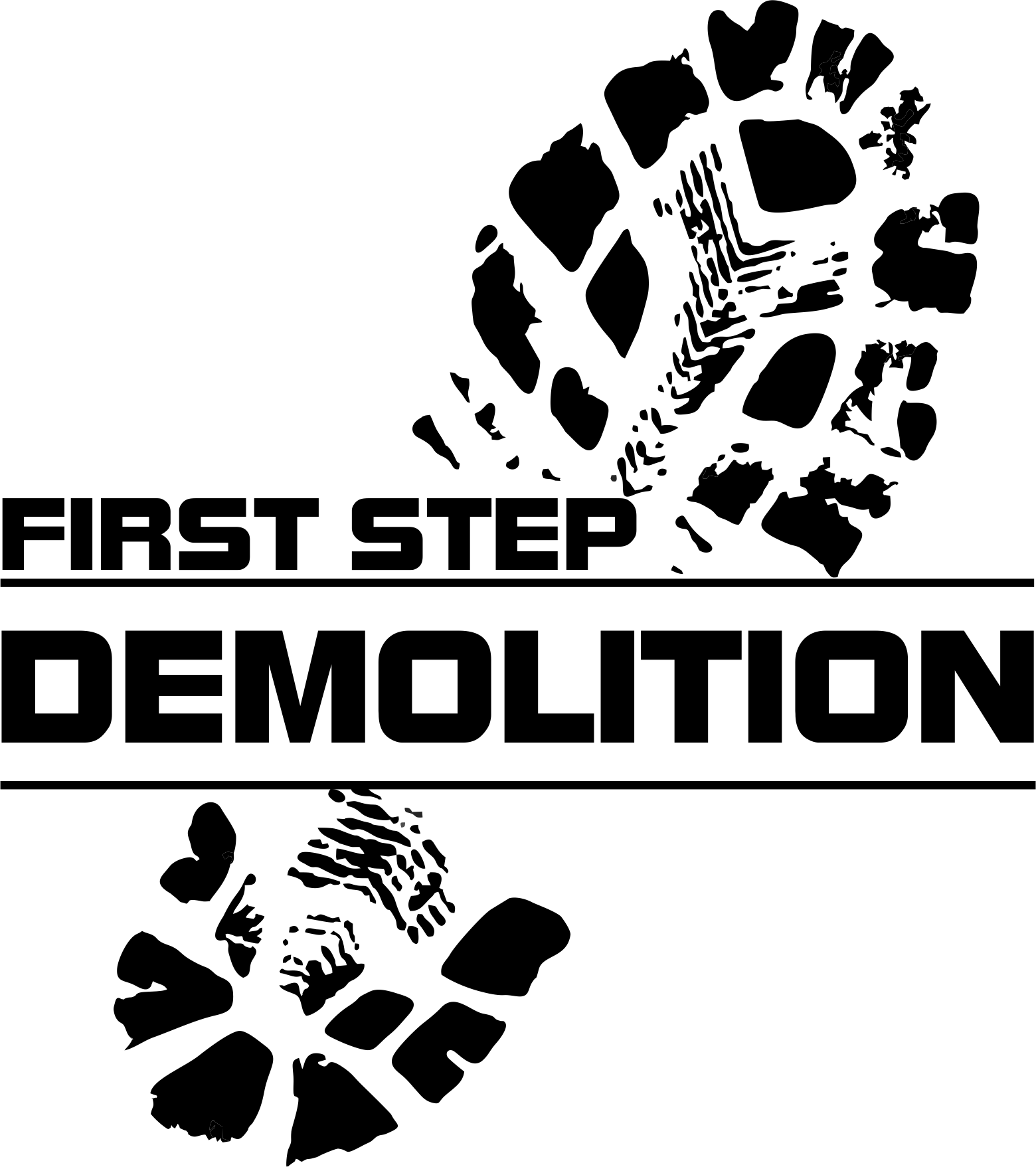Concrete Decontamination Methods in Concrete Demolition
Concrete is a foundational material in many of our structures. We can see it every day, everywhere. It is used in everything from houses to high-rises and bridges to sidewalks and driveways. We can’t deny that it is the most essential and widely used construction material in the world. But what happens when these structures reach the end of their useful life or require significant renovation? Enter the world of concrete demolition, an industry segment with a complex, multi-faceted process that involves a critical step before any wrecking ball swings or drill bores - concrete decontamination. In this blog post, we will talk about concrete decontamination and why it is important in
concrete demolition.
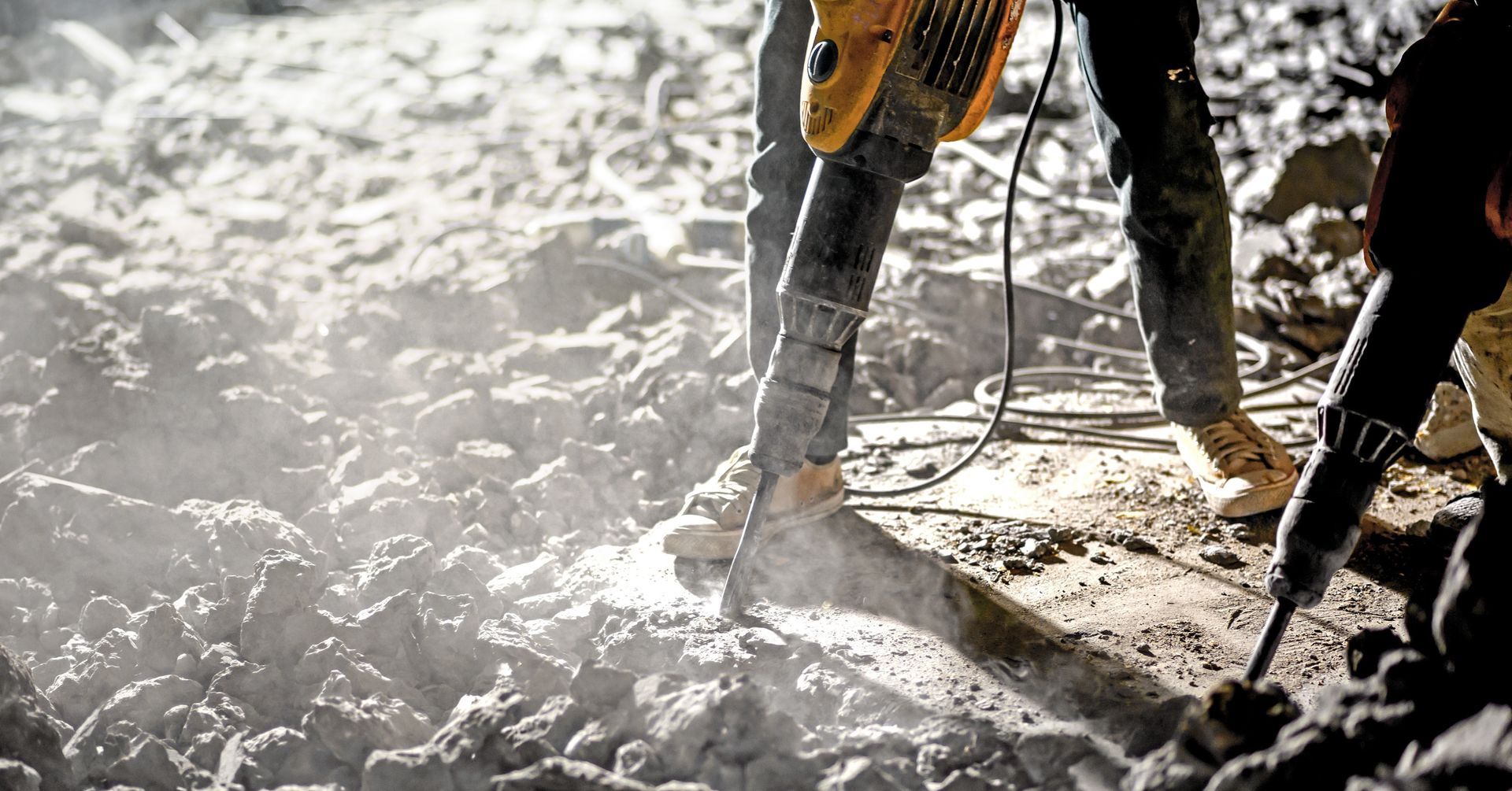
A Cleaner Path to Destruction: The Importance of Concrete Decontamination
Now, what is concrete decontamination? It is the process of eliminating potential contaminants from concrete to ensure that its demolition and removal is safe for workers, the public, and the environment. This process is crucial because concrete structures, especially older ones, may contain hazardous substances like lead, asbestos, or harmful chemical residues. Doing this process ensures a cleaner and safer path to concrete demolition.
Understanding the Importance of Concrete Decontamination
Concrete decontamination is a vital part of the demolition process. Without it, potentially harmful materials can become airborne during demolition. This will present a significant health risk to construction workers and anyone near the site. These particles, if not properly contained, can also contribute to environmental pollution.
Moreover, the proper decontamination of concrete is a legal requirement in many regions. Before conducting a specific kind of demolition, this requirement is needed. In fact, some regions pose strict penalties for non-compliance. Therefore, understanding the different methods of concrete decontamination is key to a safe, legal, and effective demolition process.
Common Concrete Decontamination Methods
There are several ways to decontaminate concrete, with the appropriate method dependent on the type and extent of contamination. Here are some of the most commonly used techniques:
Chemical Decontamination
This process uses specific chemicals to neutralize or remove harmful substances from the concrete. Chemical decontamination is often used when dealing with concrete that's been contaminated with chemicals or other toxic substances.
These chemicals are carefully selected based on the type of contaminant and the properties of the concrete. For example, acids may be used to dissolve certain types of metallic contaminants, while other chemicals may be used to neutralize organic contaminants. In some cases, surfactants (soap-like substances) might be used to help remove oil-based contaminants.
Once the chemical decontamination process is complete, the resulting waste products must be handled and disposed of properly to prevent further contamination or environmental damage. This might involve the use of additional treatments to neutralize any residual chemicals, followed by safe and compliant disposal procedures.
Mechanical Decontamination
This involves physically removing the contaminated layer of concrete. This process could involve grinding, sandblasting, or scarification. There are several mechanical decontamination techniques commonly used. Below are some of the examples:
Grinding
This involves using a high-speed rotating disc or wheel to abrade the surface of the concrete, removing the top layer and the contaminants along with it. This is effective for removing thin layers of contamination.
Scarifying
Also known as milling or planning, scarifying is more aggressive than grinding and can remove thicker layers of concrete. It utilizes a machine equipped with a cutting wheel that rotates against the concrete's surface, flaking off the top layers.
Shot Blasting
This process propels small steel balls at high velocity towards the concrete surface, essentially blasting off the contaminated layer. This method is efficient and leaves the surface clean and ready for further treatment.
Pressure Washing
In some cases, high-pressure water or steam can be used to remove contaminants from the concrete surface. This method can be particularly effective if the contamination is not deeply embedded.
Scabbling
This technique uses a machine with several small heads, each equipped with several pointed tips. The machine's heads pound the concrete surface, chipping away the contaminated layer.
Mechanical decontamination methods can be effective for removing a range of contaminants. However, they must be used cautiously as they can generate dust or other waste that might still be hazardous. The use of dust suppression methods, personal protective equipment, and careful waste management practices are crucial during these operations.
Thermal Decontamination
This method uses heat to destroy or neutralize harmful substances within the concrete. It is commonly used for organic contaminants that can be neutralized at high temperatures. There are several ways to achieve thermal decontamination, depending on the nature of the contaminants and the specific requirements of the project. Here are a few methods:
Incineration
This method involves burning contaminated materials at high temperatures. It is effective for a wide range of organic materials, which are converted to ash, water, and carbon dioxide. While effective, this method requires careful control of the incineration process to prevent the creation of harmful byproducts.
Thermal Desorption
This process involves heating materials to a temperature high enough to cause contaminants to vaporize without burning the material itself. The vapors are then collected, condensed, and properly disposed of.
Vitrification
This method involves heating materials until they melt, and then rapidly cooling them to form a glass or glass-like substance. This traps contaminants within the glass matrix, rendering them immobile.
Thermal decontamination is effective against a variety of contaminants, including many types of organic compounds, certain heavy metals, and some forms of radioactive waste. However, it requires specialized equipment and trained personnel to ensure safety and effectiveness.
Ensuring Safe and Effective Decontamination
Selecting the right decontamination method is crucial, but it's only part of the equation. Safety and effective decontamination also hinge on a few other key factors:
Detailed Assessment:
Before any decontamination work begins, a thorough evaluation of the concrete should be conducted to determine the type, extent, and concentration of contaminants. This allows for the selection of the most effective decontamination method.
Trained Professionals: Concrete decontamination is a job for trained professionals. They understand how to handle and neutralize harmful substances without posing a risk to themselves or others.
Proper Waste Disposal: Decontaminated materials must be handled as hazardous waste. Proper disposal is essential to prevent contamination of other areas.
Conclusion
Concrete decontamination is a crucial step in the demolition process. By ensuring the safe removal and neutralization of harmful substances, it creates a cleaner path to destruction, protecting both people and the environment. As our cities continue to evolve and change, the importance of responsible demolition practices will only grow. Understanding the role of concrete decontamination is a vital part of this conversation.
First Step Demolition
Are you ready to take the first step towards safe and responsible demolition? At First Step Demolition, we take the 'demolition' part of our job seriously - and that starts with thorough, professional concrete decontamination. As we've discussed, this process isn't just about complying with regulations. It's about protecting the health of our workers, our clients, and our planet.
Navigating the complexities of concrete decontamination and demolition can be challenging, but you don't have to do it alone. Our team of trained professionals is equipped with cutting-edge technology and up-to-date knowledge of the safest and most efficient decontamination methods.
Whether you're dealing with a residential project or a large-scale commercial demolition, our team is ready to deliver a service that prioritizes safety, efficiency, and environmental responsibility. We're not just about tearing things down – we're about building a better, safer, cleaner path to the future of construction. So, are you ready to take the first step towards responsible demolition with us?
Call us today for a free consultation and let's create a decontamination and demolition plan that puts your needs, and the environment's, first.
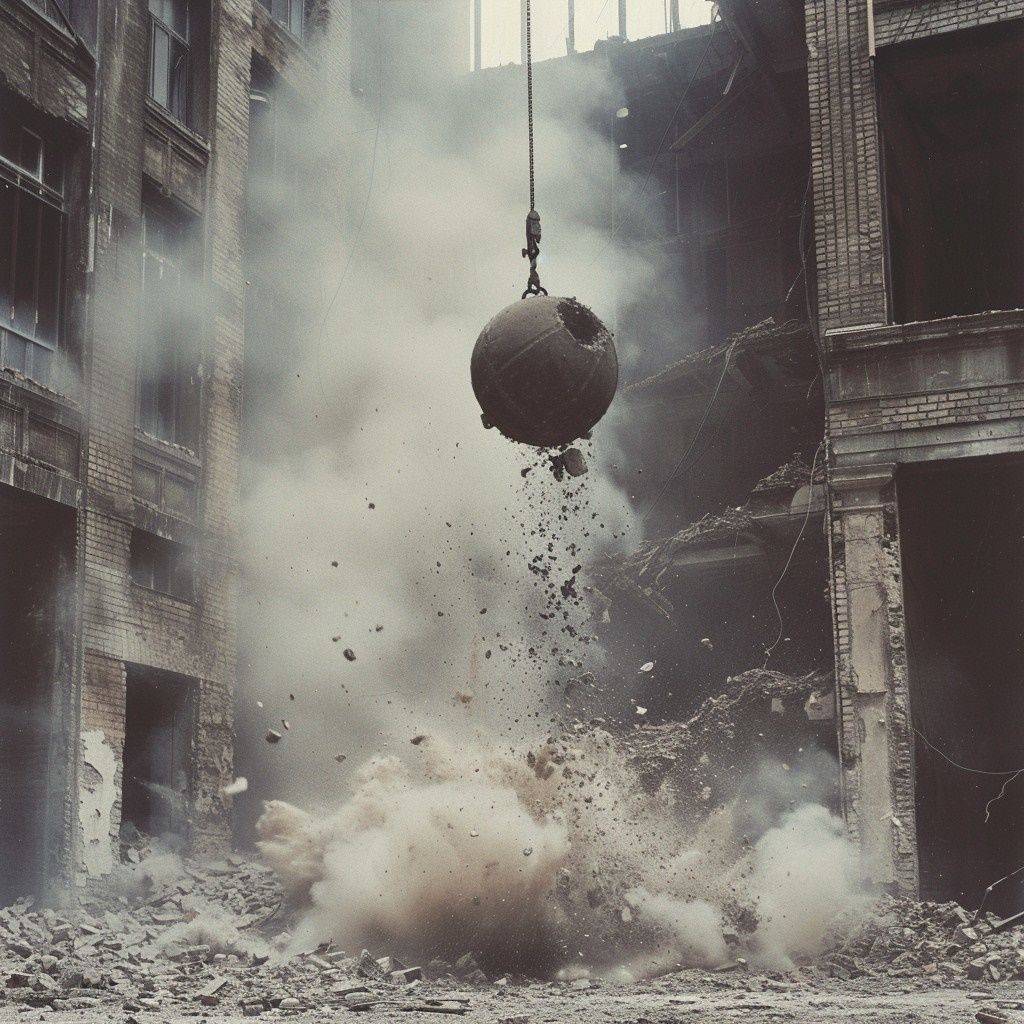
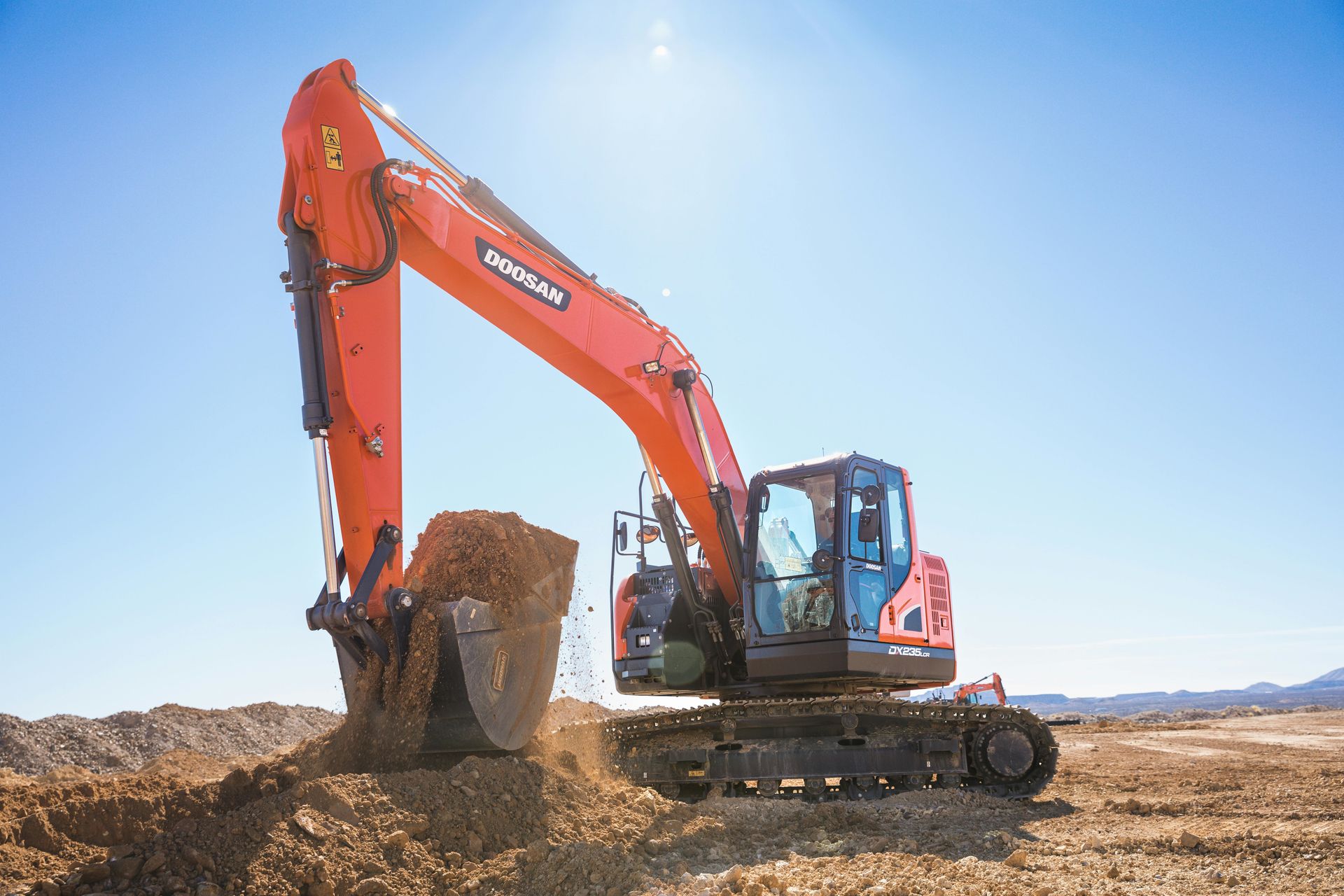
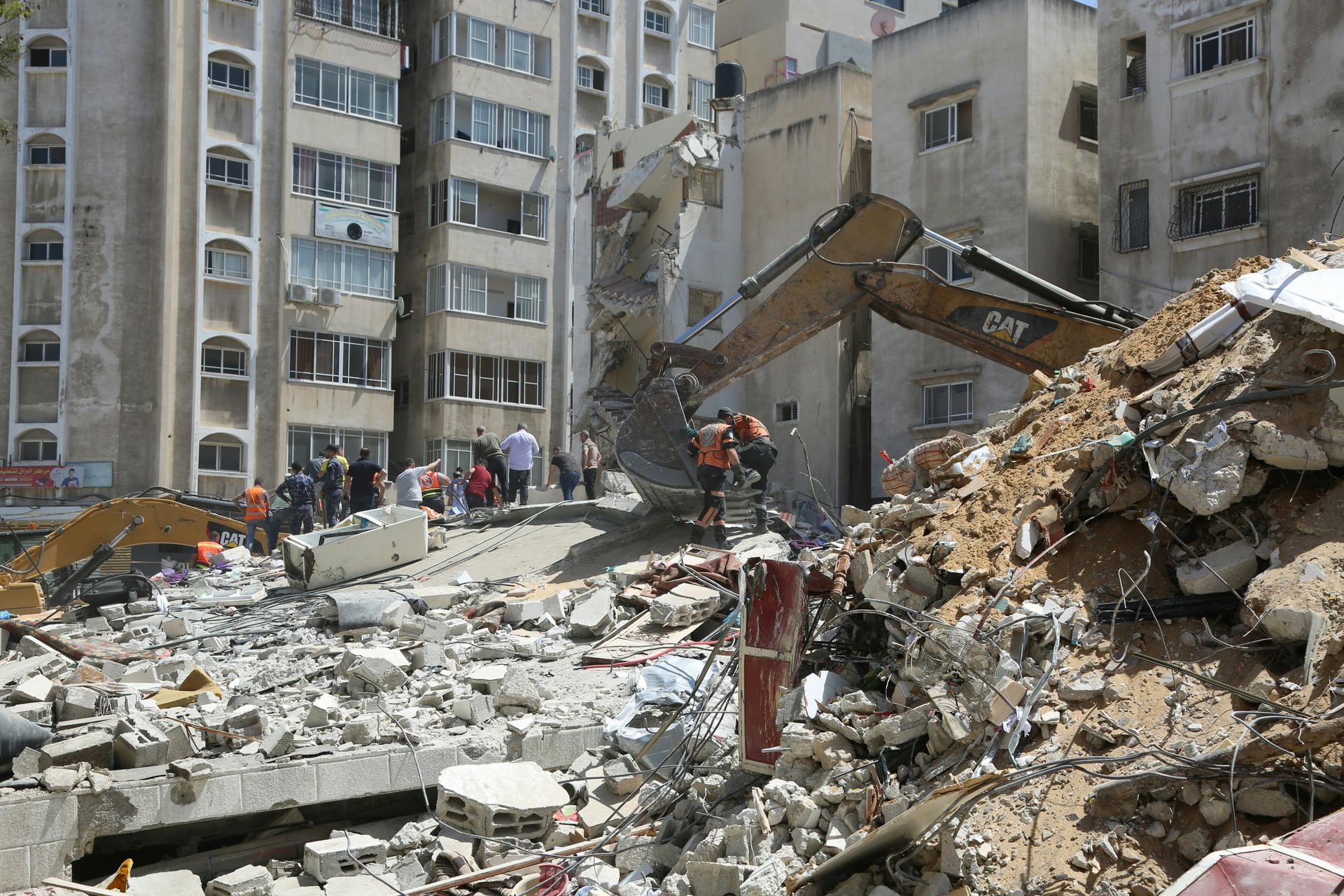
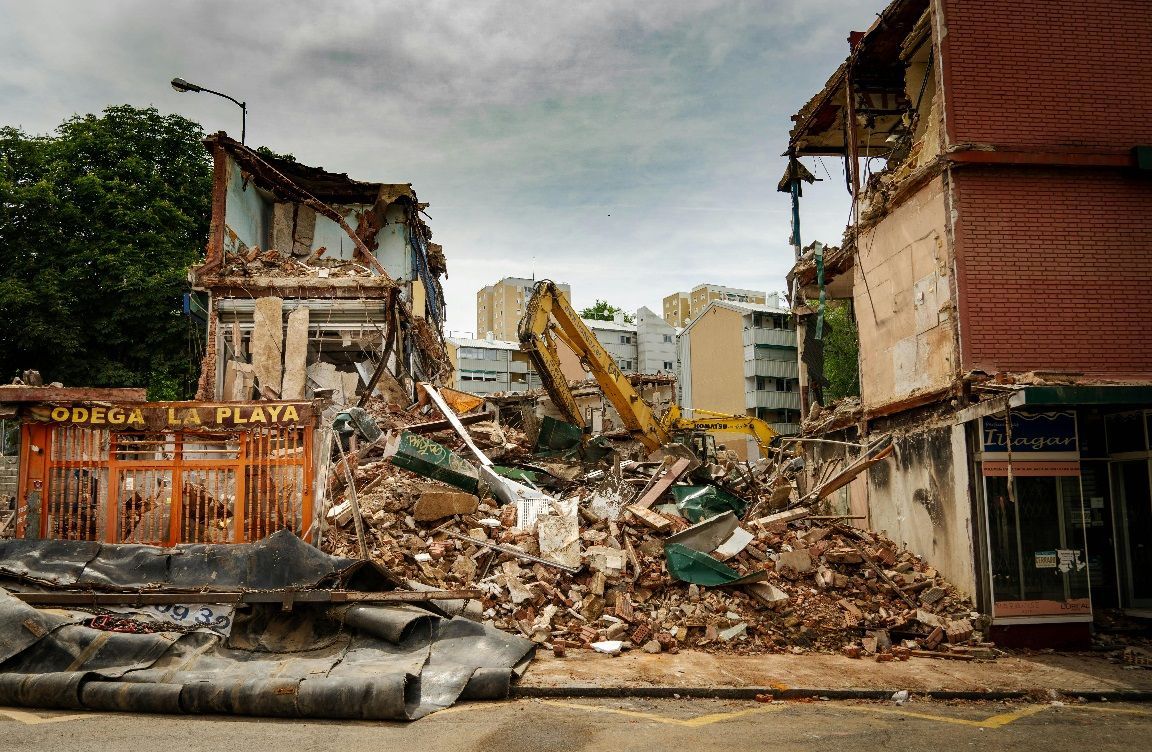
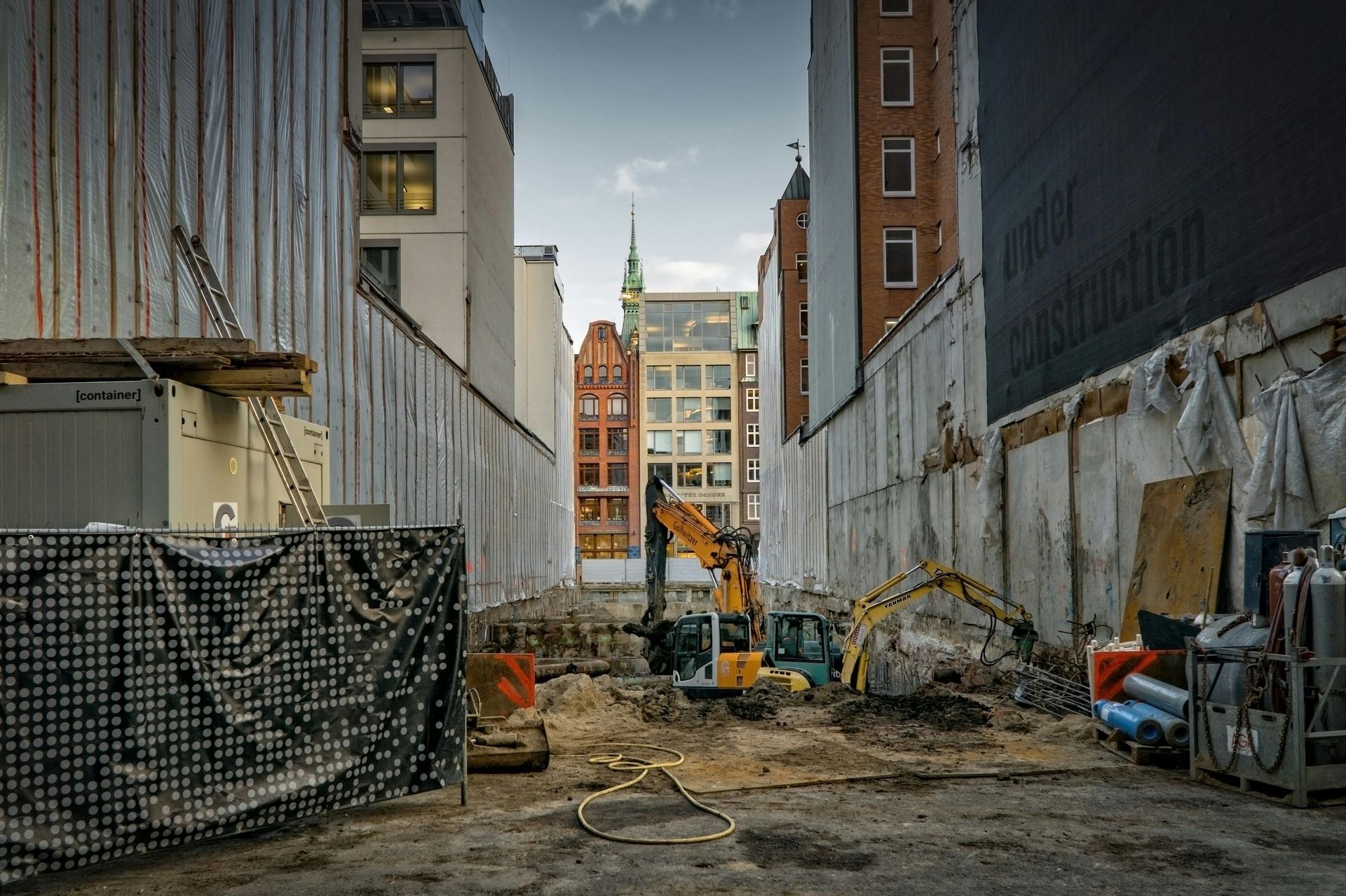
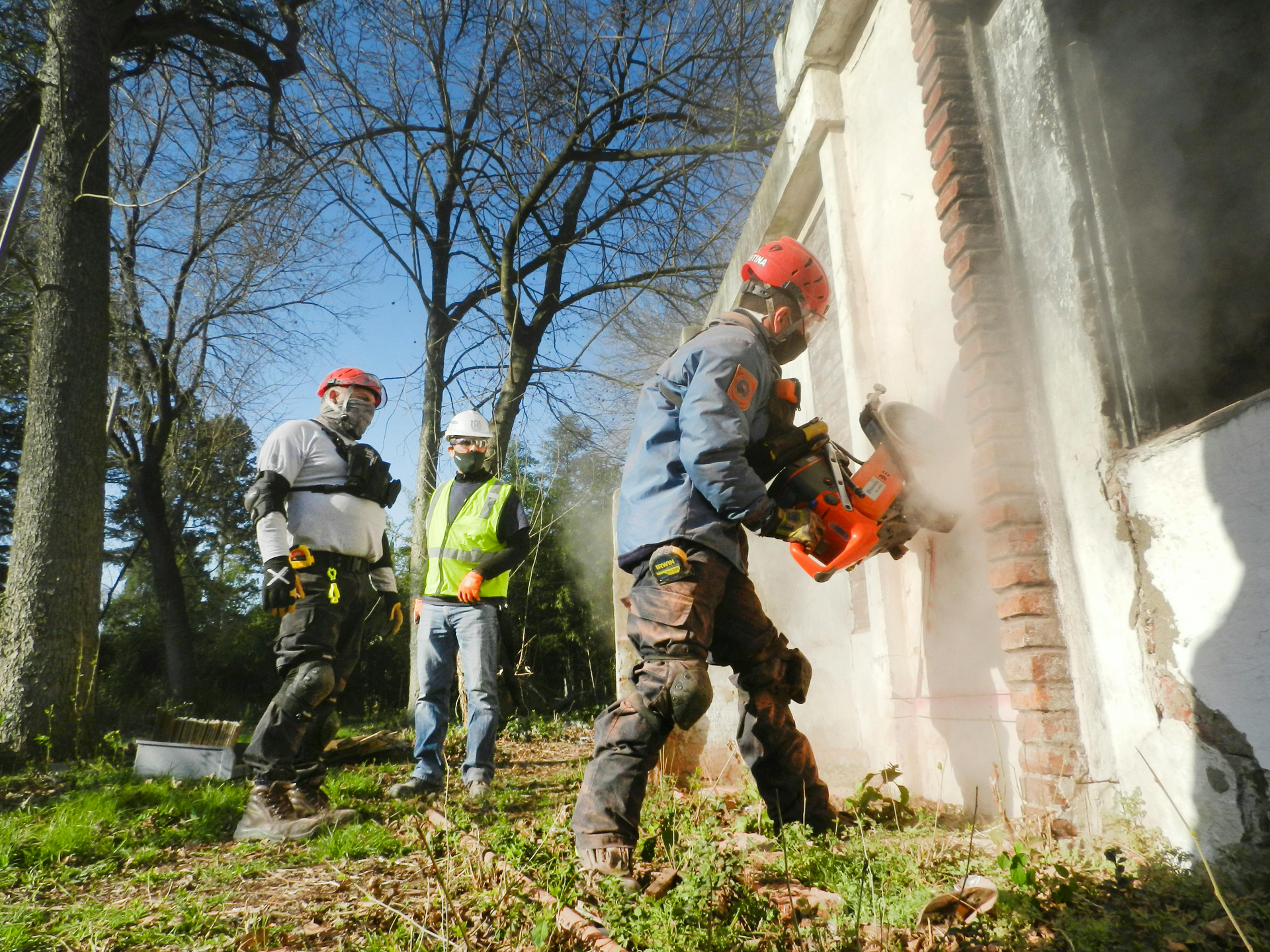


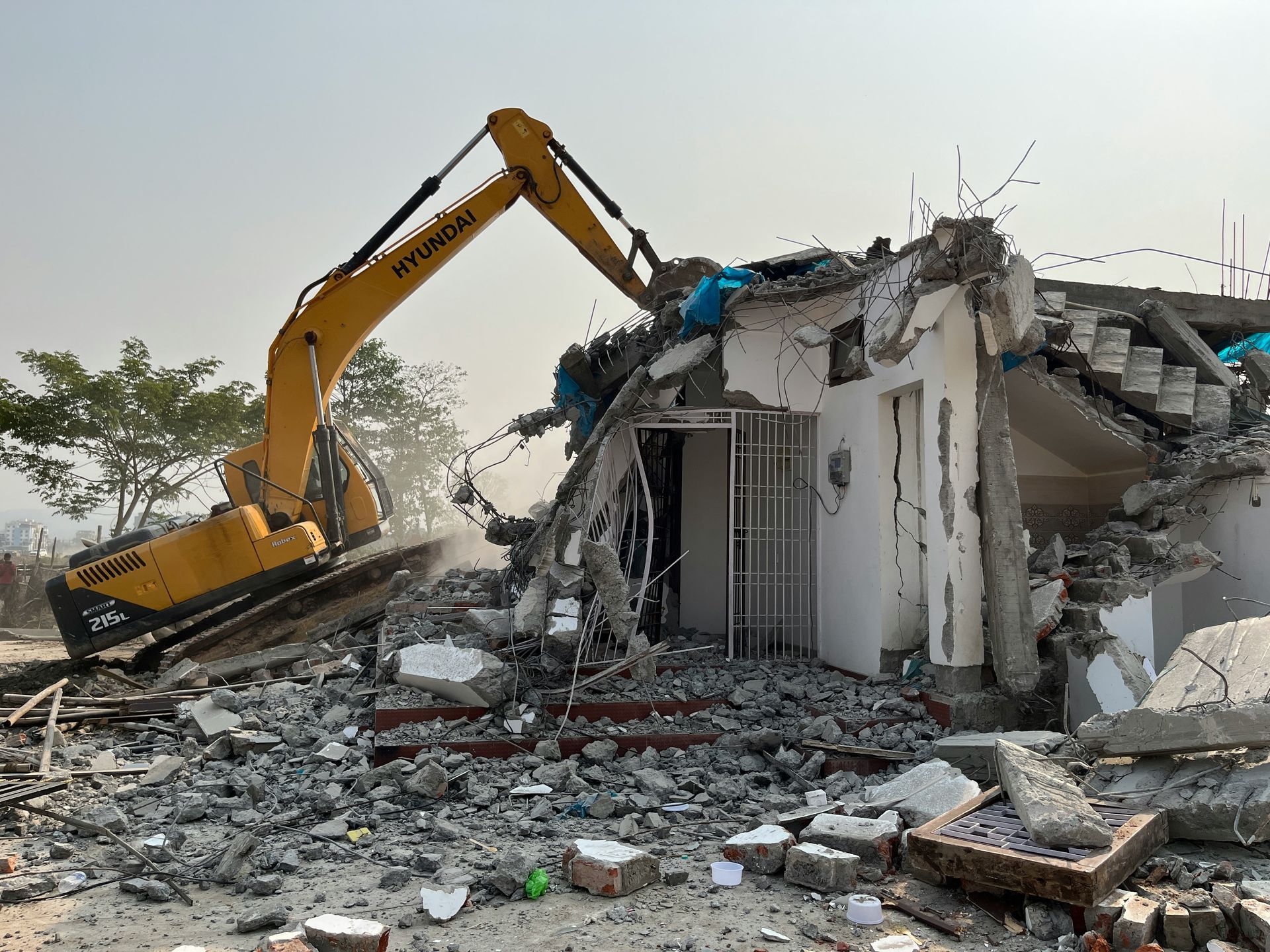
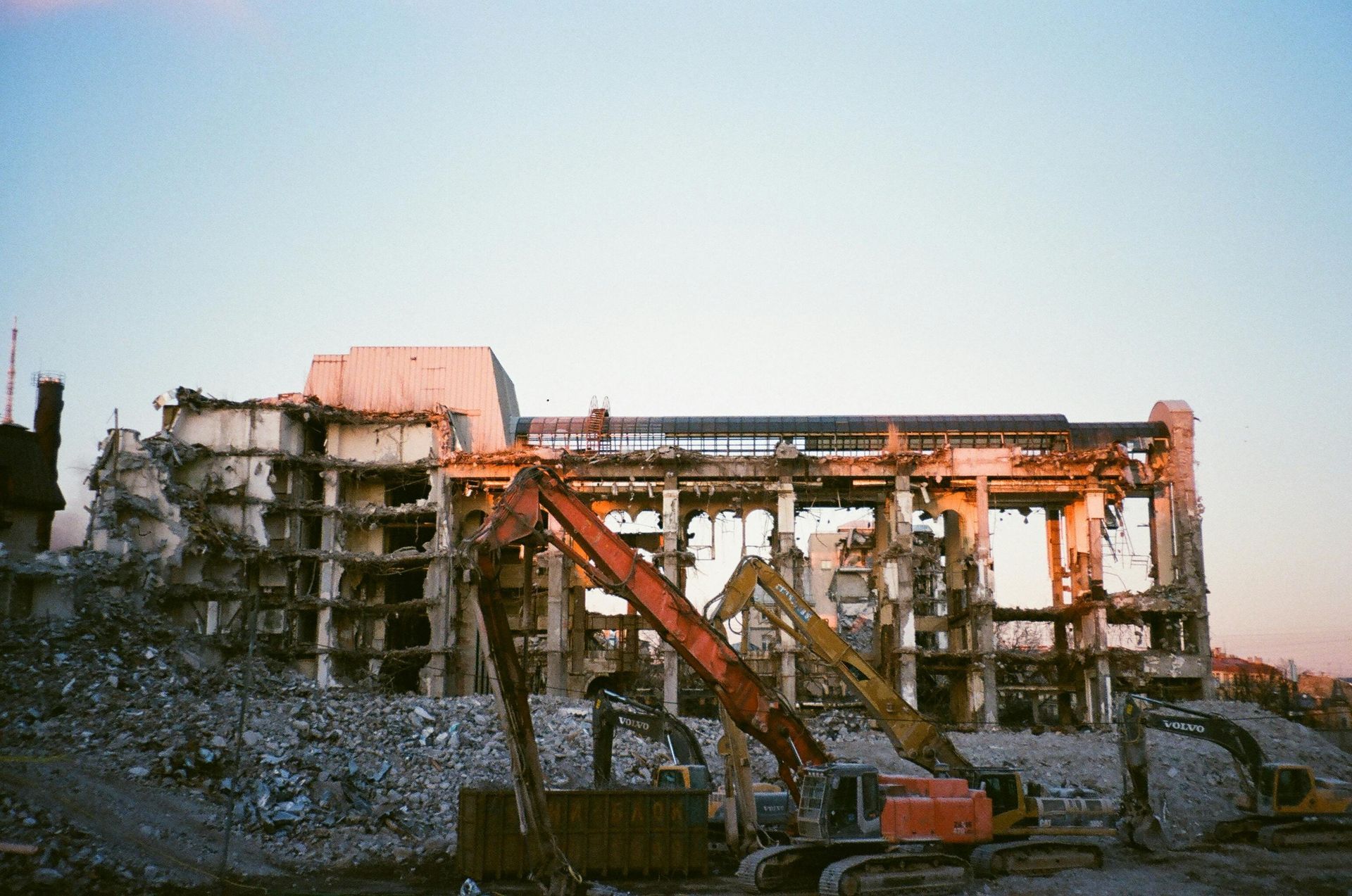
FIRST STEP DEMOLITION PROVIDES COMMERCIAL AND RESIDENTIAL DEMOLITION AND SITE PREP SERVICES TO CUSTOMERS THROUGHOUT ARIZONA.
OUR WEBSITE
OUR COMPANY HAS HIGH SAFETY STANDARDS AND COMPLIES WITH ALL OSHA REQUIREMENTS
Website Designed by: Kickass Websites
